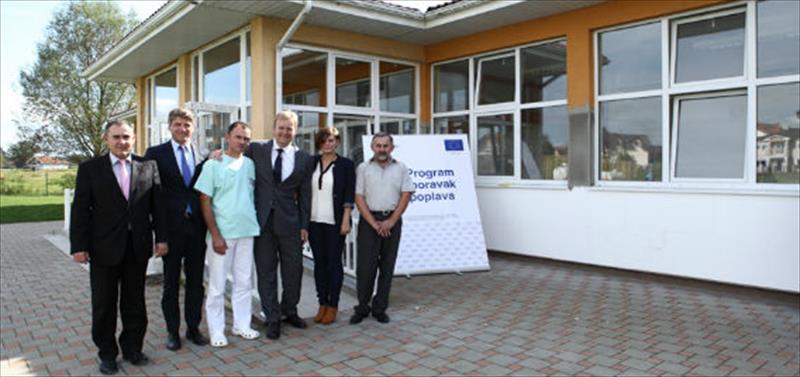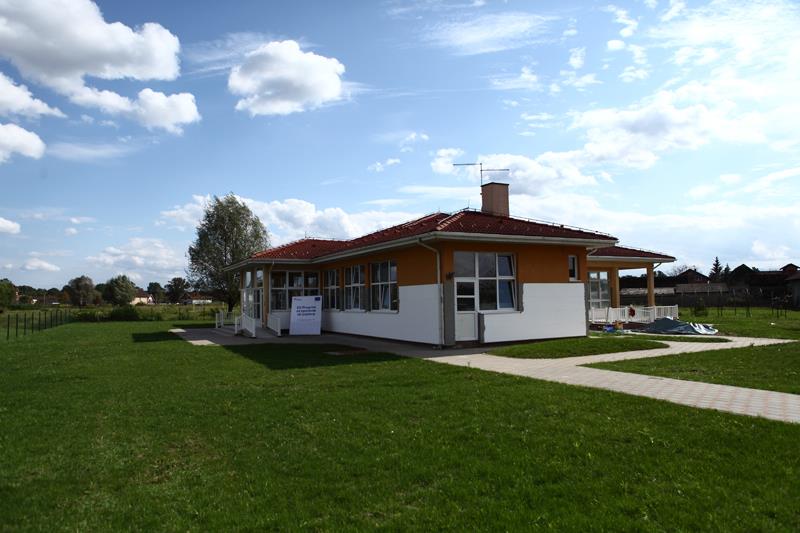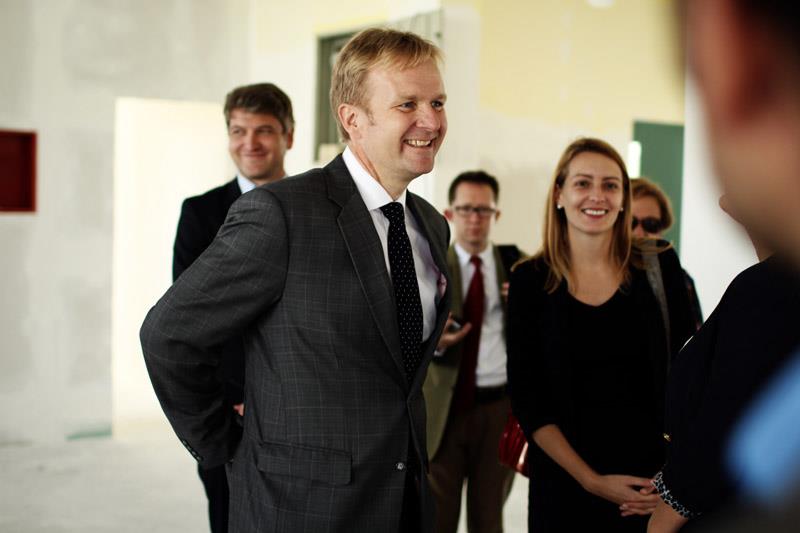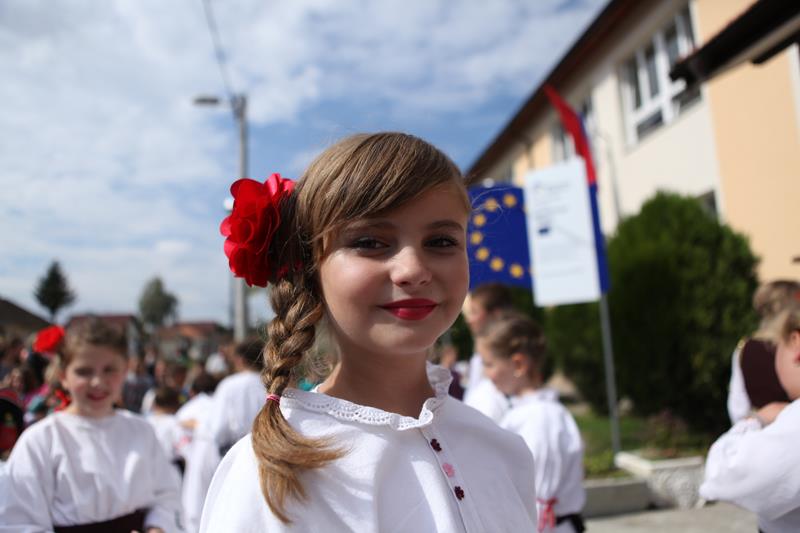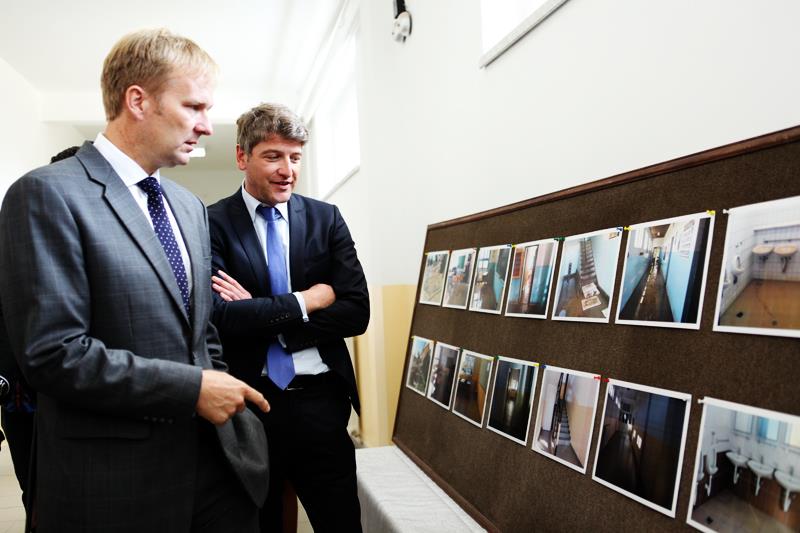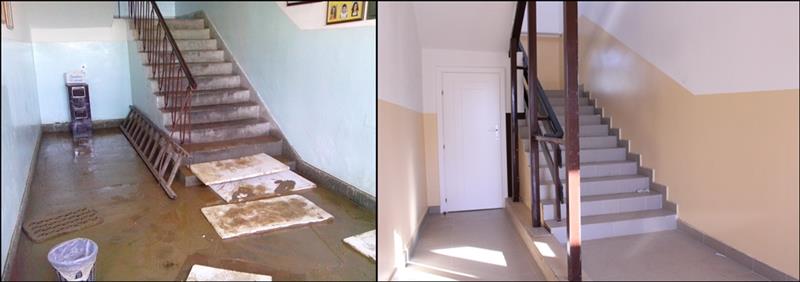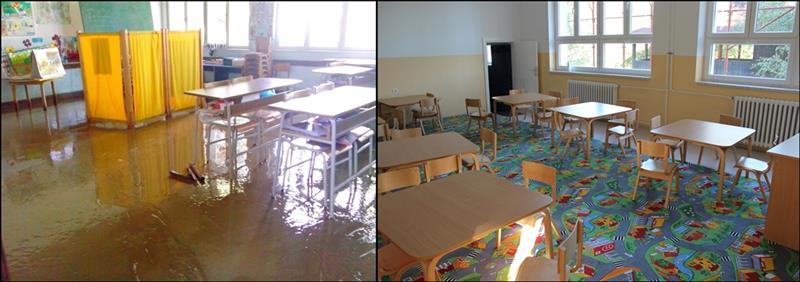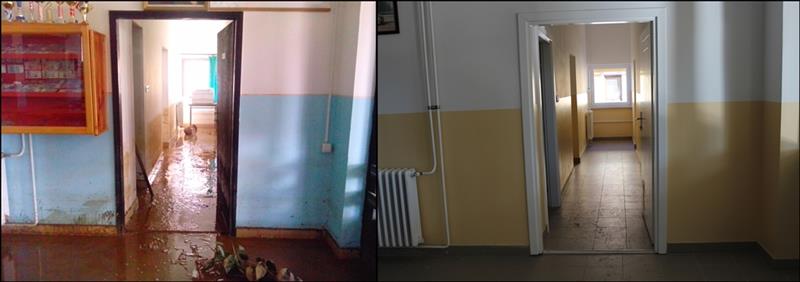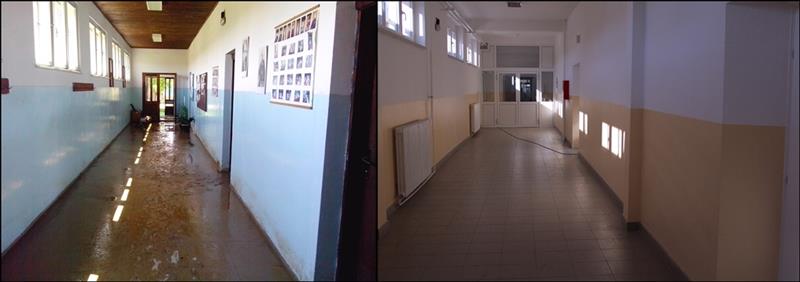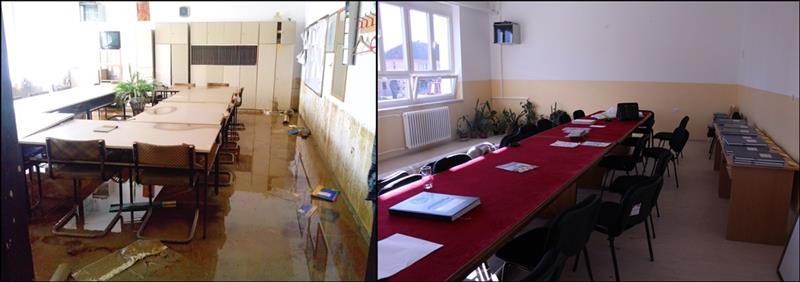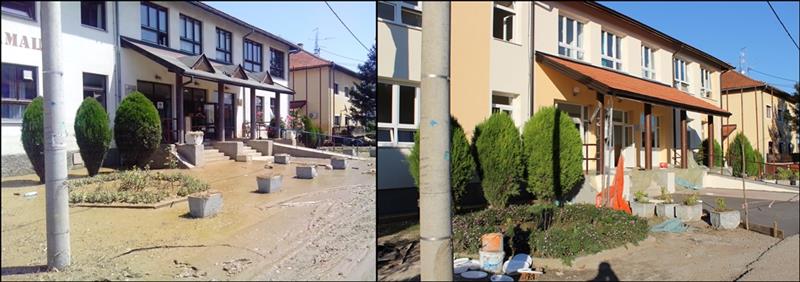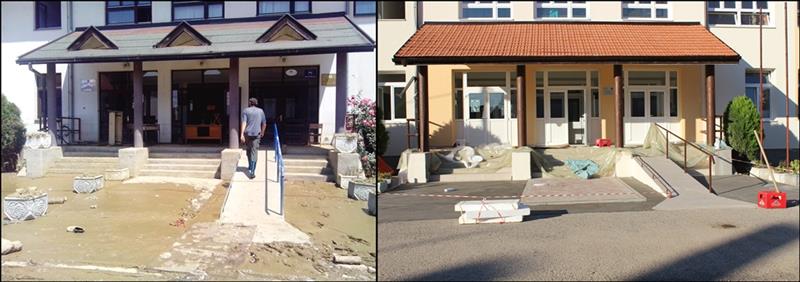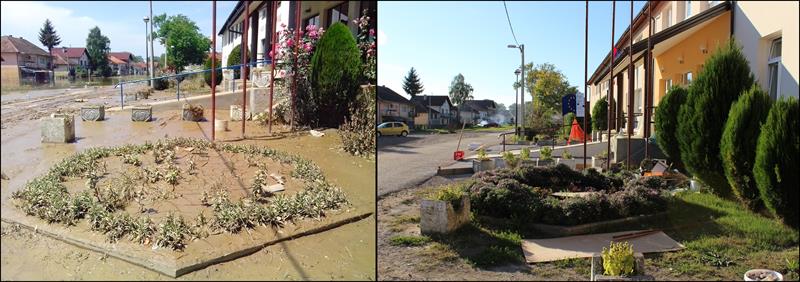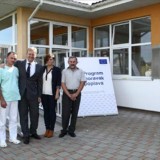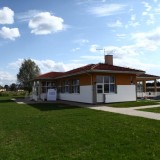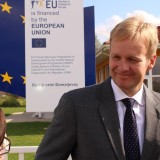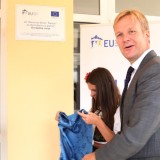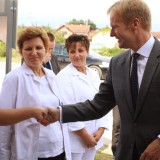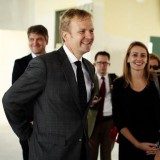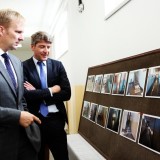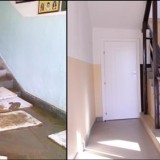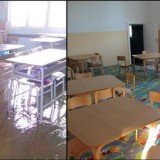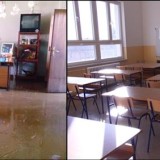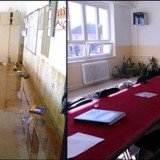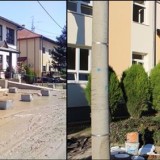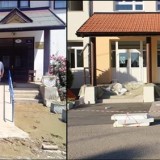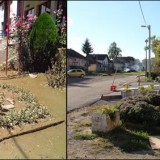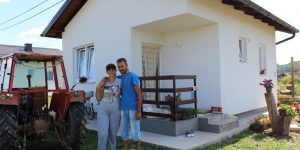On Thursday, 25 September 2014, Head of EU Delegation to BiH and EU Special Representative in BIH Ambassador Peter Sorensen officially opened the “Šamac” Primary School in Šamac, which has been rehabilitated within the Floods Recovery Programme financed by the European Union. The school suffered severe damage during the floods in May 2014. The EU-financed restoration works included electricity refitting, installing new heating and sanitary systems, installing new flooring, joinery replacement as well as refurbishing of walls and installing a thermo-insulated facade. The total value of EU investment for the school rehabilitation was 343,038.92 EUR (670,925.82 BAM).
“Through the EU Floods Recovery Programme, the European Union is helping to address the most important thing for people whose lives were hit by the floods in Bosnia and Herzegovina – returning to normal life as quickly as possible. We are financing rebuilding of key infrastructure such as schools and health centres and enabling the restoration of vital public services,” said Ambassador Sorensen.
“Without EU assistance after the catastrophic floods in May, repairing the damages would have been impossible,” said Director of “Šamac” Primary School Slobodan Čeliković. “We will always remember the generous gesture from the EU.”
The total Programme budget for rehabilitating public facilities in Šamac comprises 2,6 million EUR (5,15 million BAM), which includes rehabilitation of three schools, the Public Administration building, and the Health Care Centre as well as the reconstruction of the Centre for Social Welfare. Furthermore, up to 300 flood-affected private dwellings are foreseen to be rehabilitated in the area with EU financing.
The visit continued with a tour of EU-financed rehabilitation sites in Domaljevac in the Posavina Canton, including the Health Care Centre Domaljevac-Šamac, (EU investment: 36,108.84 EUR – 70,622.76 BAM) and Kindergarten Domaljevac (EU investment: 70,092.83 EUR – 137,089.66 BAM).
The EU has channelled substantive financing to Posavina Kanton to help the communities to overcome the effects of the floods. The total projected EU support for the entire Posavina Canton under the Floods Recovery Programme is at present more than 2.8 million EUR (5,5 million BAM), which includes rehabilitation of schools and other public buildings as well as planned rehabilitation of up to 480 private dwellings.
“During my visit today I saw first-hand the visible benefits that the assistance from the people of the EU is bringing to the people of Šamac and Domaljevac-Šamac. With the opening of the Primary School Samac today, we have already finished repairing 23 public service facilities across the flood-affected areas, which shows that our support is having a direct impact on peoples’ lives. I want to thank all those who are working so hard on the ground to complete the projects. Our financial support and the tangible results produced by the Programme send a clear message to the people coping with the aftermath of the floods that the EU is with you, and is here to help you get on the road to recovery,” said Ambassador Sorensen concluding his visit.
The EU Floods Recovery Programme was launched to restore normal living conditions in local communities and ensure that the aid reaches the most vulnerable people in the aftermath of floods in May. Funds are being used to restore public services and infrastructure, reconstruct housing units for the most vulnerable ones, and for social and economic recovery of local communities. The value of the overall programme was 43.52 million, of which 42.24 million were provided by the European Union.
This assistance is a part of the funds that the European Union pledged at the donor conference in Brussels in July. The activities of the EU Floods Recovery Programme focus on reconstruction of 4,000 housing units for approximately 14,000 residents, rehabilitation of key public services and infrastructure (including schools, medical facilities, water supply and sewer, and smaller roads and bridges) at 50 sites, as well as providing assistance to retain and generate around 2,000 jobs in flood-affected areas. The programme is implemented by the United Nations Development Programme (UNDP), the United Nations Children’s Fund (UNICEF) and the International Organisation for Migration (IOM).
For more information, visit the EU Floods Recovery Programme feature page

